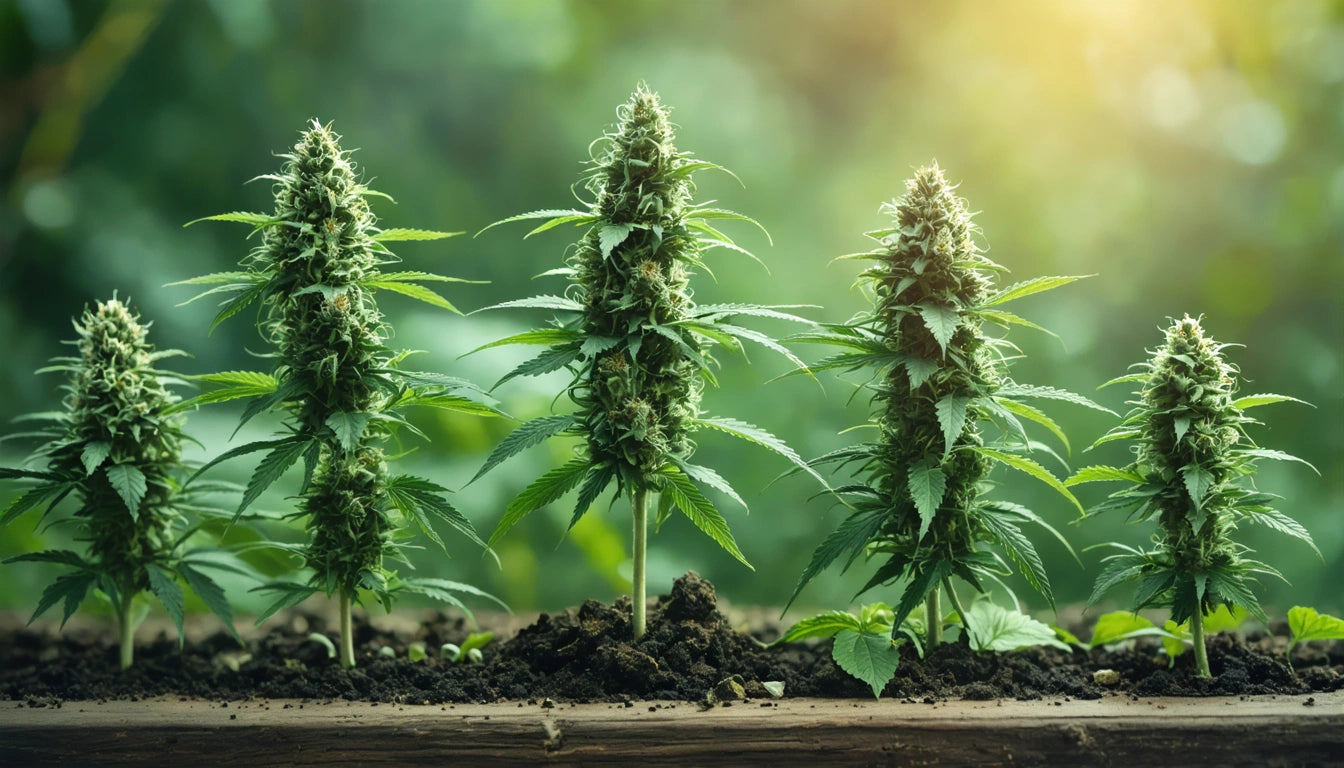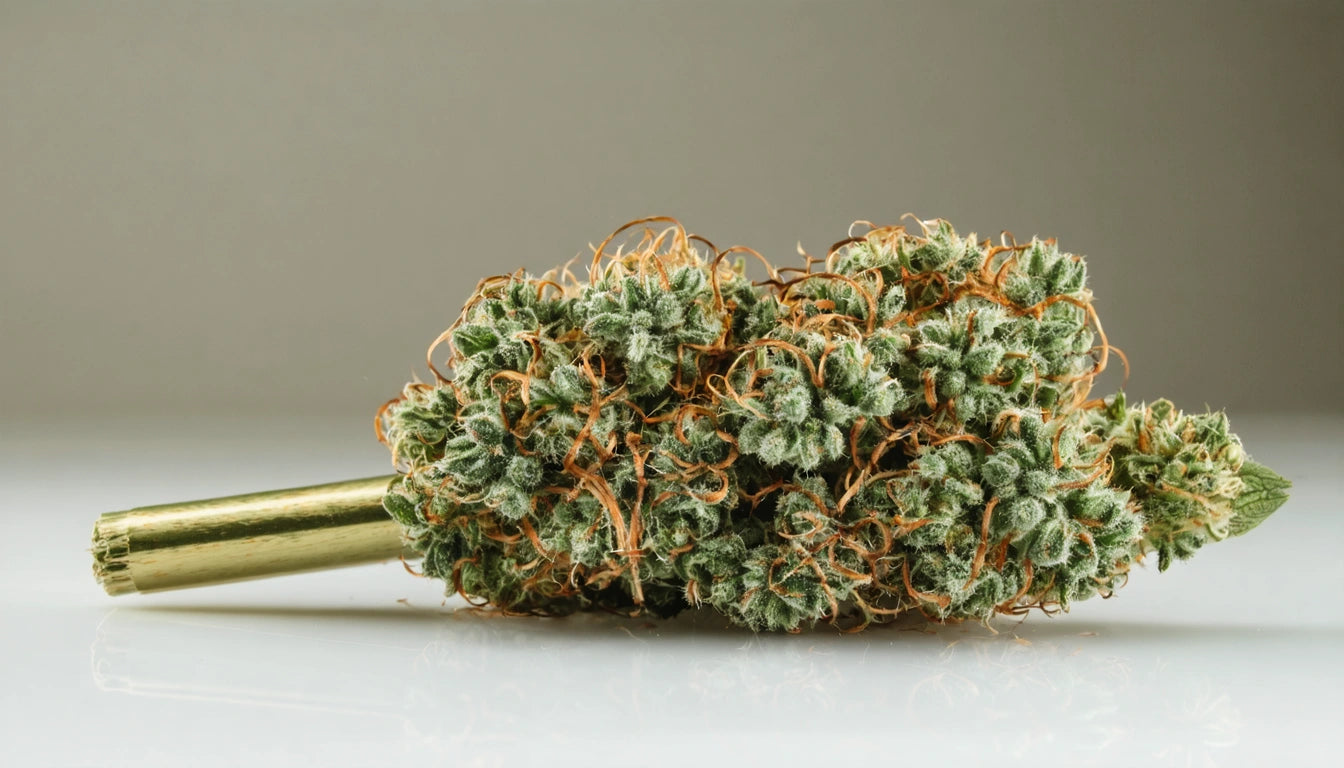Table of Contents
- Understanding Neem Oil and Its Benefits
- How to Mix Neem Oil Concentrate Properly
- Application Methods for Different Plant Types
- Frequency Guidelines: How Often to Apply Neem Oil
- Can You Spray Neem Oil on Flowering Plants?
- How to Use Neem Oil on Indoor Plants
- Neem Oil vs. Horticultural Oil: Key Differences
- Best Practices for Maximum Effectiveness and Plant Safety
How to Effectively Use Neem Oil on Plants: Application Tips and Frequency Guidelines
Neem oil has become a go-to solution for plant enthusiasts seeking natural pest management options. This versatile oil derived from the neem tree (Azadirachta indica) offers powerful protection against a wide range of plant pests while remaining environmentally friendly. Understanding how to apply neem oil correctly and how often to use it can make the difference between thriving plants and ongoing pest problems.
Understanding Neem Oil and Its Benefits
Neem oil is a natural pesticide containing azadirachtin, a compound that disrupts insect feeding and growth patterns. It's effective against aphids, spider mites, whiteflies, and many other common plant pests. Beyond pest control, neem oil also has fungicidal properties that help combat powdery mildew and other plant diseases similar to those addressed in our guide on treating powdery mildew on cannabis plants.
The oil works through multiple mechanisms:
- Disrupts insect hormone systems
- Acts as a repellent
- Reduces insect feeding
- Interferes with egg laying and larval development
- Creates a physical barrier against fungal spores
How to Mix Neem Oil Concentrate Properly
Proper dilution is crucial for neem oil effectiveness and plant safety. Most concentrated neem oil products require mixing with water and a small amount of mild liquid soap to help the oil emulsify.
Basic Neem Oil Mixture Recipe:
- 1-2 teaspoons of neem oil concentrate
- 1 teaspoon of mild liquid soap (as an emulsifier)
- 1 quart (32 oz) of warm water
The warm water helps the oil mix properly. Always follow the specific dilution rates on your product's label, as concentrations can vary between brands. Mix thoroughly in a clean spray bottle, shaking well before and during application to keep the solution properly emulsified.
Application Methods for Different Plant Types
When considering how to apply neem oil on plants, the method matters as much as the mixture:
Foliar Spray:
For most applications, a thorough foliar spray works best. Ensure complete coverage of all plant surfaces, including the undersides of leaves where pests often hide. Apply in the early morning or evening to prevent leaf burn and allow the solution to dry before intense sunlight exposure.
Soil Drench:
For systemic protection, you can apply neem oil as a soil drench. This method works well for plants suffering from root pests or fungal issues. Mix at a slightly lower concentration (about 1 teaspoon per quart) and apply directly to the soil around the plant base.
Just as proper watering is essential for plant health as discussed in our guide on watering weed plants, proper neem oil application timing is equally important for effectiveness.
Frequency Guidelines: How Often to Apply Neem Oil
One of the most common questions is how often to use neem oil on plants. The frequency depends on several factors:
For Preventative Maintenance:
- Apply every 14-21 days during growing season
- Reduce to monthly applications during dormant periods
For Active Infestations:
- Apply every 7-14 days until the infestation is controlled
- Limit to 3 consecutive applications, then assess
Maintaining proper humidity levels can complement your pest management strategy. Consider using humidity control products alongside neem oil treatments to create less favorable conditions for pests while keeping plants healthy.
Remember that how often you can spray neem oil on plants depends on the plant type, infestation severity, and environmental conditions. Always monitor plant response and adjust accordingly.
Can You Spray Neem Oil on Flowering Plants?
The question of whether you can spray neem oil on flowering plants requires careful consideration. While neem oil is generally safe for most plants, flowering stages demand extra precaution:
- Avoid direct application to open blooms when possible
- If necessary, use a more diluted solution (1 teaspoon per quart)
- Apply in the evening to minimize impact on pollinators
- Consider spot-treating affected areas rather than full-plant application
For cannabis growers, this is particularly relevant during the flowering stage. Just as you might carefully infuse terpenes into cannabis flower with precision, neem oil should be applied with similar care during flowering.
How to Use Neem Oil on Indoor Plants
Indoor plants require slightly different neem oil application strategies:
Application Tips for Indoor Plants:
- Move plants to a well-ventilated area before spraying
- Place on a protective surface to catch drips
- Use a more diluted solution initially (1 teaspoon per quart)
- Spray until leaves are wet but not dripping
- Allow plants to dry completely before returning to their usual location
Indoor applications may need to be less frequent than outdoor ones, as pest pressure is typically lower. However, consistent monitoring is essential, as indoor infestations can spread quickly between closely spaced plants.
Neem Oil vs. Horticultural Oil: Key Differences
When comparing horticultural oil vs neem oil, several distinctions are worth noting:
| Feature | Neem Oil | Horticultural Oil |
|---|---|---|
| Source | Derived from neem tree seeds | Usually petroleum or vegetable-based |
| Active Components | Contains azadirachtin and other compounds | Works primarily through physical action |
| Mode of Action | Both contact killing and systemic effects | Primarily contact killing through suffocation |
| Residual Activity | Longer-lasting effects (7-14 days) | Shorter residual period (effective only when wet) |
| Plant Safety | Generally safe but can burn sensitive plants | Often safer on sensitive plants when properly diluted |
While both oils can be effective, neem oil offers additional benefits through its complex chemical composition that provides both immediate and longer-term protection.
Best Practices for Maximum Effectiveness and Plant Safety
To get the most from your neem oil treatments while protecting your plants:
- Always test on a small area of the plant first
- Apply in the early morning or evening to prevent leaf burn
- Ensure complete coverage, especially on leaf undersides
- Reapply after heavy rain or irrigation
- Store neem oil concentrate in a cool, dark place to maintain potency
- Shake spray bottle frequently during application to keep solution mixed
- Avoid applying to stressed plants or during extreme temperatures
With proper application techniques and timing, neem oil can be an invaluable tool in your plant care arsenal, providing effective pest and disease control without the environmental concerns associated with synthetic pesticides. Just as growers carefully consider how to eliminate spider mites from cannabis plants, a thoughtful approach to neem oil application will yield the best results for all your plants.











Leave a comment
All comments are moderated before being published.
This site is protected by hCaptcha and the hCaptcha Privacy Policy and Terms of Service apply.